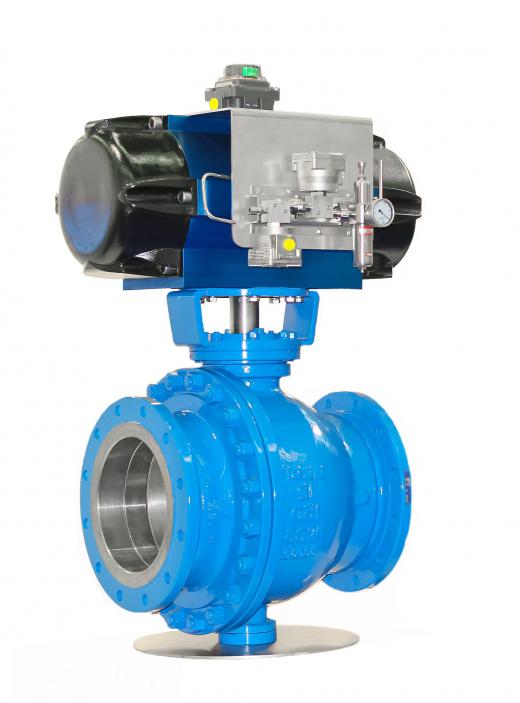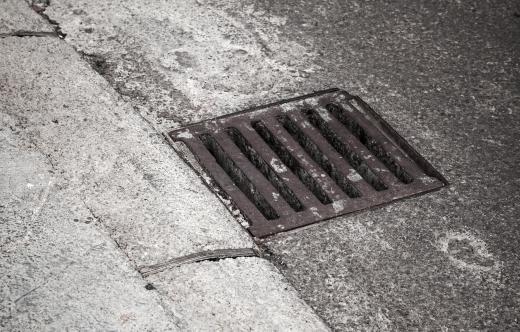Sewer drainage can refer to the process of draining excess water from streets and sidewalks. This process is known by various names, including storm drainage in the United States, drainage well system in the United Kingdom or a stormwater drain in Australia and New Zealand. There usually are inlets that allow the excess water and sewage to flow into the system. This type of drainage is almost always separate from a sanitary sewer system than handles human waste.
Generally speaking, there are two distinct forms of sewer drainage inlets: grated inlets and side inlets. Side inlets are located next to pathways and improve the flow of the sewage by being depressed at the channel’s invert. Grated inlets will have small iron bars placed in them to ensure that large chunks of debris don’t enter the system. These bars usually are spaced out so that the water is allowed to flow uninterrupted.

Smaller objects that do make it past the grated inlet’s bars are then captured by the sump, which is located immediately beneath the inlet. This allows the water to flow directly into the sewer drainage system without being encumbered by too many objects. There also is a big difference in the systems of different nations when it comes to the function of the sump. In the U.S, the sump does not stop noxious gases such as methane from escaping, whereas in the U.K, sumps are also known as "gulley-pots," and they do prevent toxic gases from escaping.

When the water has gone through the sewer drainage system, it is dispatched into the ocean, a canal, lake or any other major body of water through a single outlet. The water reaches this point through the pipes, which have no other methods of treating the water other than the sump. Occasionally, there will be a manmade excavation that will be the final stop for the water.
Local governments are sometimes criticized for not having better methods of treating the water before allowing it to run into rivers and lakes. This is because the water that enters a sewer drainage system can become extremely dirty on its journey. When water runs down a road toward the inlets, it tends to pick up pollutants such as motor oil, lead and various other substances that are harmful to a water supply. Enabling such polluted water to enter a body of water such as a lake could be dangerous. Along with the harmful effects it might have on the fauna, there also is the possibility that the lake could be used as the town’s source of water.
Many people consider it essential, therefore, for local governing bodies to use low-impact development practices in order to reduce the amount of filth that enters the water on the way to the sewer drainage system. These practices involve directing runoff water from paved surfaces into unlined ditches. Most local councils manage to keep their sewer drainage systems separate from the sanitary sewer system, which prevents untreated human waste from being dumped into the environment.
